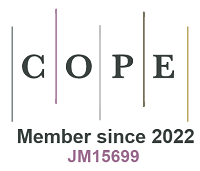fig4

Figure 4. (A) Liquid yield of PE and PP deconstruction as a function of the quantity of acid sites in the catalyst (estimated by NH3-TPD) and Ru dispersion (%) (estimated by CO pulse chemisorption); (B) XANES-LCF for the Ru-supported catalysts. These figures are quoted with permission from Rorrer et al.[65]; (C) Schematic illustration of the conventional impregnation and precise-impregnation approaches and TEM of p-Ru/SBA. The red circles help with the visualization of Ru NPs; (D) Schematic illustration of the conventional adsorption diagram for polymer chains on the catalyst; (E) Reducing the original entropy of polymer chains by strong localization in the space-confined catalyst. These figures are quoted with permission from Kang et al.[34]. PE: Polyethylene; PP: polypropylene; TPD: temperature-programmed desorption; XANES: X-ray absorption near-edge structure; LCF: linear combination fits; TEM: transmission electron microscopy; NPs: nanoparticles.








